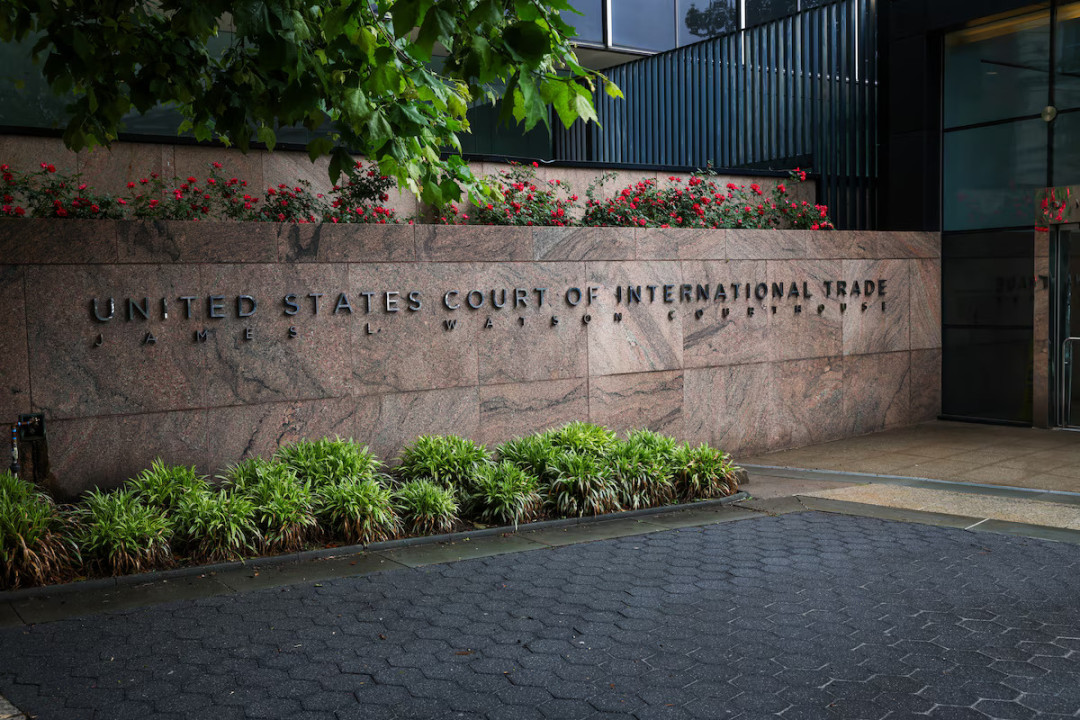
Anthony Galliano, Group CEO of Cambodian Investment Management (CIM), provides an overview on the recent ruling that the U.S. administration overstepped its authority to impose sweeping global tariffs and blocked most of the administration’s tariffs.
A three judge federal court, the U.S. Court of International Trade, ruled unanimously in a 3 to 0 decision, that the U.S. administration overstepped its authority to impose sweeping global tariffs and blocked most of the administration’s tariffs. The court determined that the International Emergency Economic Powers Act does not grant the executive branch the power to unilaterally impose broad tariffs without congressional approval.
On April 2nd, touted as Liberation Day, the administration announced “reciprocal” tariffs, imposing significant levies on imports from 90 countries and territories, but soon after implemented a 90-day pause on April 9. The administration left in place “universal” 10% tariffs on most goods coming into the United States. The case for the tariffs was a national economic emergency, without Congress invoking the International Emergency Economic Powers Act, which gives the president the authority to act in response to unusual and extraordinary threats.
The order halts 30% tariffs on China, 25% tariffs on some goods imported from Mexico and Canada, and the 10% universal tariffs on most goods coming into the United States, including the 10% baseline tariffs on Cambodia. Other tariffs enacted under different statutes, such as for national security and unfair trade practices, remain unaffected by this decision. The administration promptly appealed the decision, asserting that the president's actions were justified under national emergency provisions.
The appeal process is ongoing and may ultimately reach the U.S. Supreme Court. As the legal proceedings continue, the outcome of the appeal will be closely watched, given its significant implications for U.S. trade policy and executive authority. So what can happens to the implementation of tariffs during the appeal; Tariffs Remain Blocked which is the Default Situation.
The U.S. Court of International Trade has issued a permanent injunction, meaning the tariffs cannot be enforced while the ruling stands, unless a higher court issues a stay of that injunction. The tariffs are paused or suspended throughout the appeal. The Government can Request a Stay and ask the appeals court to issue a stay of the injunction, which, if granted, would allow the tariffs to be reimposed temporarily while the legal appeal is pending.
Courts would consider factors like likelihood of success on appeal and potential harm to national interests or the economy The Appeal can also be Upheld, Cancelling tariffs Permanently. If the appellate court upholds the lower court’s ruling, then the Liberation Day tariffs are permanently invalid, and refunds may be ordered for already collected tariffs.
Finally the Appeal can Overturned the Ruling and Tariffs Reinstated. The appeals court can reverse the decision, the administration can reimpose the tariffs, possibly retroactively depending on how the court rules. If the U.S. government, under this administration, loses the appeal and does not accept the decision of the U.S. Court of Appeals for the Federal Circuit, the next and final step in the judicial process is the Supreme Court.
The Supreme Court will then decide whether or not to take the case, it is not obliged too If it accepts, the case is fully reviewed and a final decision is issued. If it declines, the appellate court ruling stands and the case is effectively over. The U.S. court ruling blocking tariffs may cause countries to pause, delay, or reconsider trade negotiations.